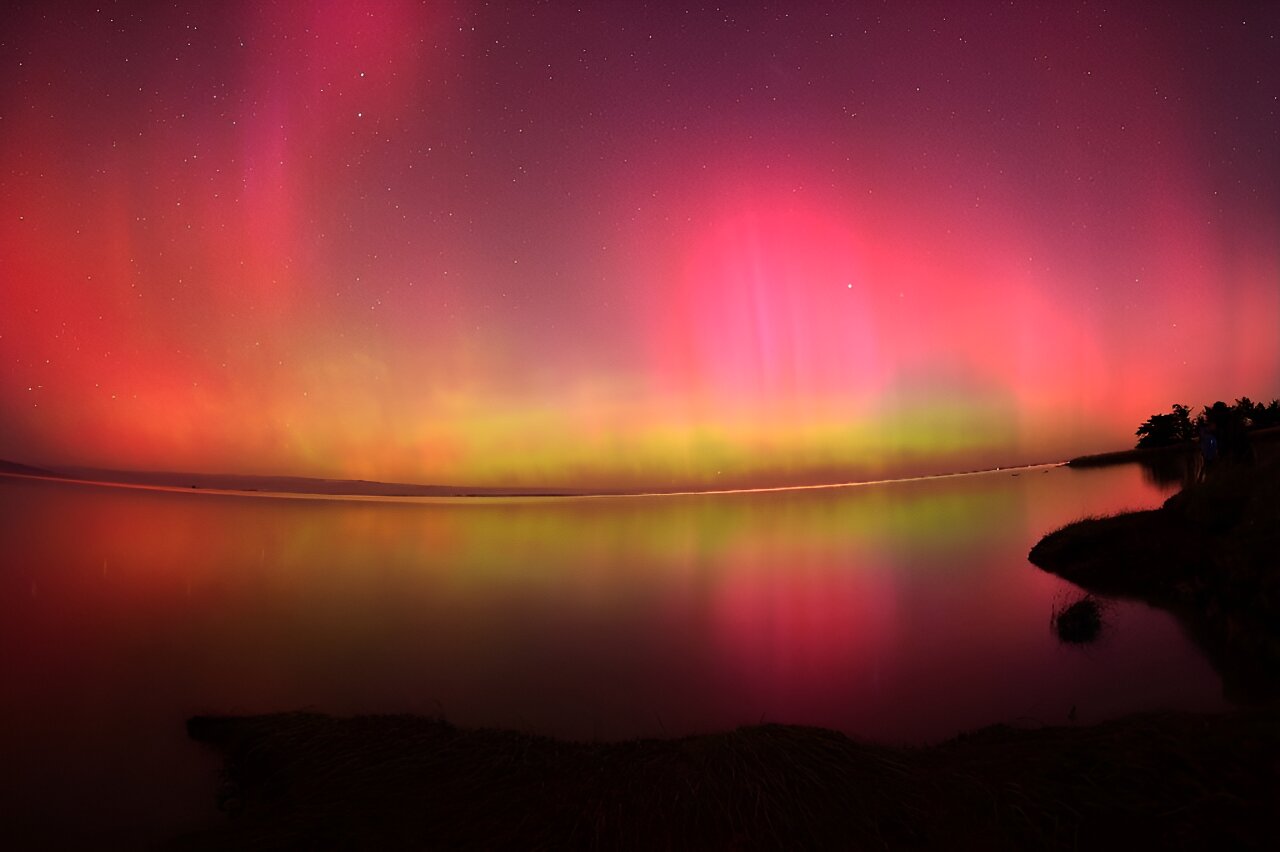
Tourists normally have to pay big money and brave cold climates for a chance to see an aurora, but last weekend many people around the world simply had to look up to see these colorful displays dance across the sky.
Usually banished to the poles of Earth, the auroras strayed as far as Mexico, southern Europe and South Africa on the evening of May 10, delighting skygazers and filling social media with images of exuberant pinks, greens and purples.
But for those charged with protecting Earth from powerful solar storms such as the one that caused the auroras, a threat lurks beneath the stunning colors.
“We need to understand that behind this beauty, there is danger,” Quentin Verspieren, the European Space Agency’s space safety program coordinator, told AFP.
Mike Bettwy of the...
Read More








Recent Comments